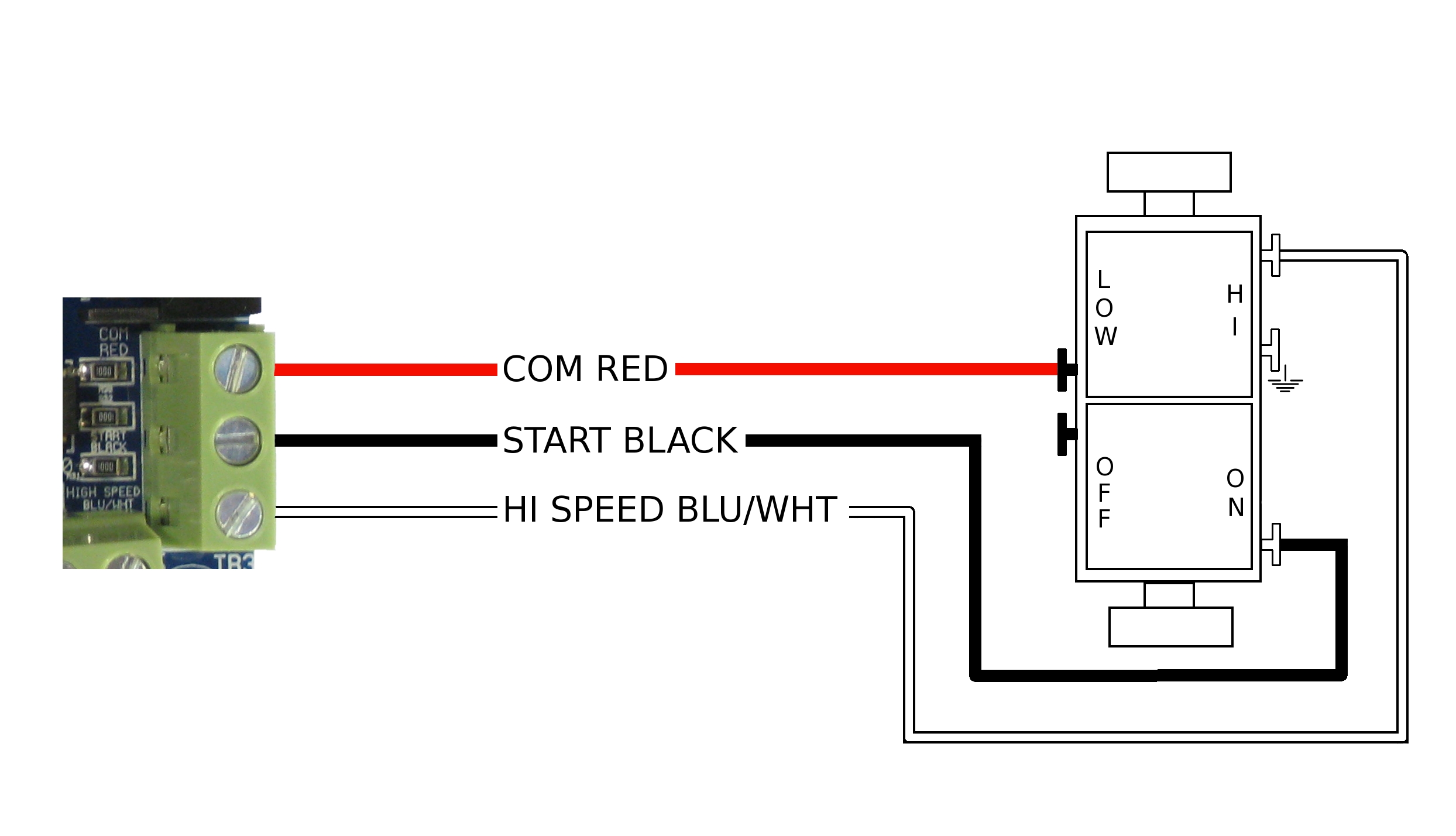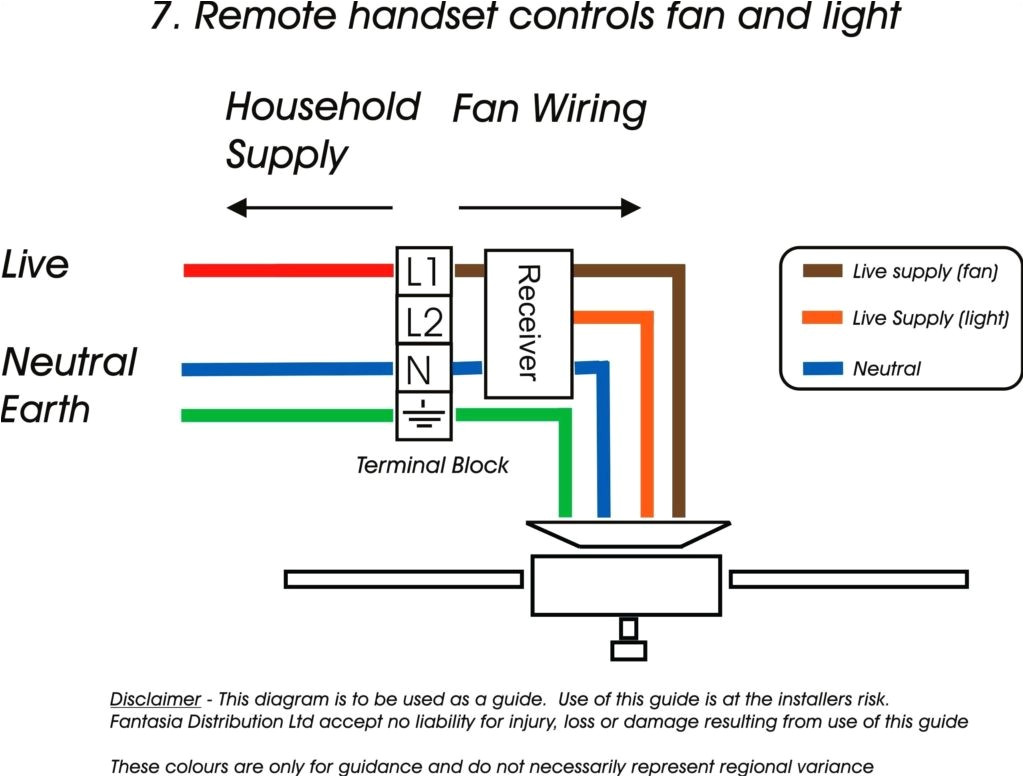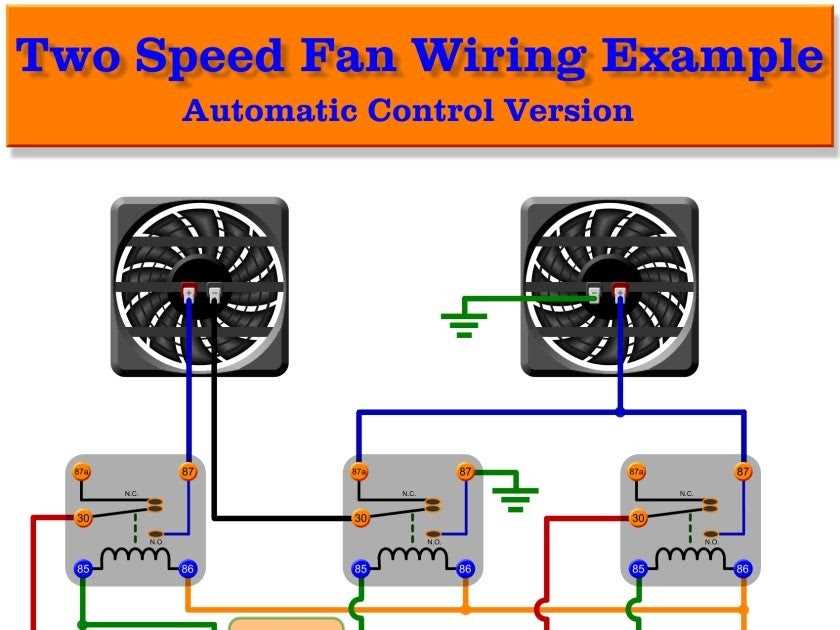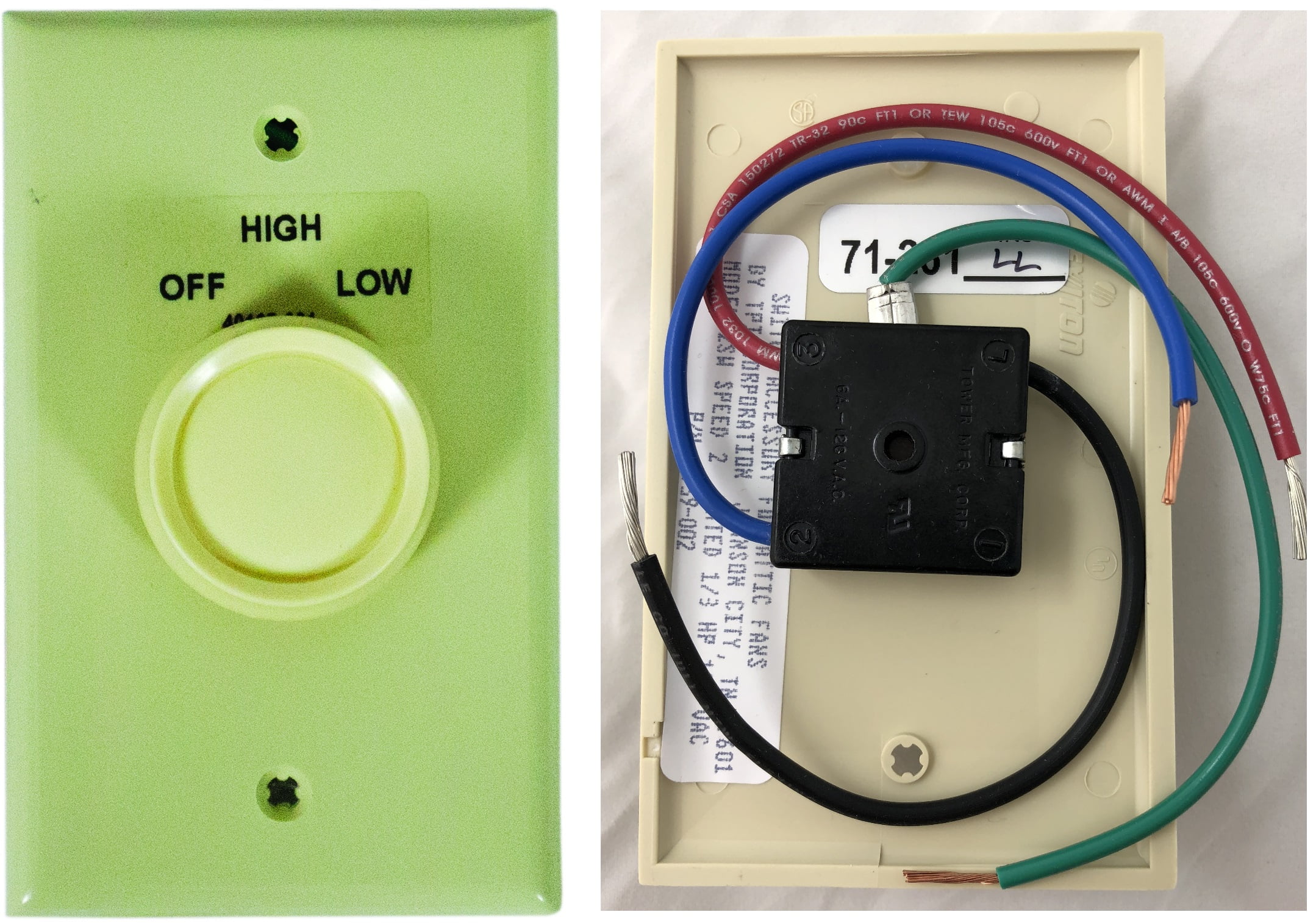2 Speed Whole House Fan Switch

A whole house fan is a ventilation system designed to cool your home by pulling cool outdoor air in and exhausting hot indoor air out. A crucial component of this system is the 2-speed whole house fan switch. This guide provides a comprehensive understanding of these switches, helping you make informed decisions regarding their use, installation, and maintenance.
What is a 2-Speed Whole House Fan Switch?
A 2-speed whole house fan switch is an electrical control device that allows you to operate your whole house fan at two different speeds: a low speed for gentle air circulation and a high speed for more rapid cooling. This flexibility offers several advantages, which we will discuss later.
Think of it like the volume control on your radio. You can adjust the volume (air flow in this case) to suit your needs and preferences.
How Does it Work?
The switch works by varying the electrical power supplied to the fan motor. The high-speed setting delivers maximum power, allowing the fan to operate at its full potential. The low-speed setting reduces the power, causing the motor to spin slower and move less air. This is typically achieved using a resistor or a transformer within the switch or fan motor circuitry.
Imagine a water hose connected to a sprinkler. Turning the faucet all the way opens up the water flow (high speed), giving you maximum sprinkler coverage. Partially closing the faucet reduces the water flow (low speed), limiting the sprinkler coverage.
Benefits of Using a 2-Speed Switch
Using a 2-speed switch for your whole house fan offers several significant benefits:
- Improved Comfort: The ability to adjust the fan speed allows you to fine-tune the cooling effect to your specific needs. On cooler evenings, the low speed might be sufficient. On hotter days, you can switch to high speed for more powerful cooling.
- Energy Savings: Running the fan on low speed consumes less electricity than running it on high speed. This can lead to significant energy savings over time, especially if you frequently use the fan.
- Reduced Noise: Lower fan speeds generally produce less noise. This is especially important during nighttime operation when you want to minimize disturbance.
- Extended Fan Life: Operating the fan at lower speeds can reduce wear and tear on the motor, potentially extending the lifespan of your whole house fan.
- Better Air Circulation: Low speed setting is perfect for gentle air circulation without creating a draft.
Types of 2-Speed Whole House Fan Switches
While the basic functionality remains the same, 2-speed whole house fan switches come in different styles and configurations:
- Standard Toggle Switches: These are the most common type, featuring a simple toggle that you flip to select either low or high speed.
- Rocker Switches: Similar to toggle switches but with a rocker-style actuator.
- Rotary Switches: These switches use a knob that you rotate to select the desired speed.
- Electronic Switches: Some newer models use electronic controls, offering features like timers, remote control, and even automatic speed adjustment based on temperature sensors.
Installation Considerations
Installing a 2-speed whole house fan switch is generally a straightforward process, but it is essential to follow safety precautions and consult a qualified electrician if you are not comfortable working with electrical wiring. Here are some key considerations:
- Safety First: Always turn off the power to the circuit breaker controlling the fan before working on the electrical wiring.
- Wiring Compatibility: Ensure that the switch is compatible with your fan's wiring configuration. Refer to the wiring diagram provided with the switch or the fan.
- Voltage and Amperage Ratings: The switch must be rated for the voltage and amperage of your fan. Using a switch with an insufficient rating can be a fire hazard.
- Proper Wiring Connections: Use appropriate wire connectors to make secure and reliable connections. Loose connections can cause overheating and electrical problems.
- Grounding: Ensure that the switch is properly grounded to prevent electrical shock.
- Local Codes: Check your local electrical codes for any specific requirements or regulations regarding the installation of whole house fan switches.
A general wiring process would involve:
- Turning off the circuit breaker to the fan.
- Removing the old switch.
- Identifying the wires: line (power in), load (to the fan), neutral (if applicable), and ground.
- Connecting the wires to the new 2-speed switch according to the wiring diagram.
- Securing the switch in the electrical box.
- Turning the circuit breaker back on and testing the switch.
Troubleshooting Common Issues
If you encounter problems with your 2-speed whole house fan switch, here are some common issues and potential solutions:
- Fan Not Working at All: Check the circuit breaker to ensure it has not tripped. Inspect the wiring connections to make sure they are secure. The switch itself may be faulty and require replacement.
- Fan Only Works on One Speed: The switch may be faulty, or there could be a problem with the wiring to the motor. Check the wiring connections and test the switch with a multimeter.
- Switch Overheating: This could indicate a problem with the wiring, an overloaded circuit, or a faulty switch. Turn off the power immediately and consult an electrician.
- Fan Making Unusual Noises: This could be due to a loose fan blade, a worn-out motor bearing, or debris inside the fan housing. Inspect the fan and clean or repair it as needed.
- Switch Doesn't Change Speed: Verify that you are selecting the speed correctly. The switch might be faulty, or the motor's speed control circuitry could be malfunctioning.
Maintenance Tips
To ensure the long-term performance and reliability of your 2-speed whole house fan switch, follow these maintenance tips:
- Regular Cleaning: Dust and dirt can accumulate on the switch, potentially affecting its performance. Clean the switch regularly with a soft, dry cloth.
- Inspect Wiring Connections: Periodically check the wiring connections to ensure they are secure and free from corrosion.
- Listen for Unusual Noises: Pay attention to any unusual noises coming from the switch or the fan. This could indicate a potential problem that needs to be addressed.
- Replace Worn Switches: If the switch becomes difficult to operate or shows signs of wear and tear, replace it promptly.
- Professional Inspection: Have your whole house fan system inspected by a qualified electrician at least once every few years to ensure it is operating safely and efficiently.
Choosing the Right Switch
Selecting the right 2-speed whole house fan switch for your needs involves considering several factors:
- Fan Compatibility: Ensure that the switch is compatible with the voltage, amperage, and wiring configuration of your fan.
- Switch Type: Choose a switch type that you find easy to use and that matches the aesthetics of your home.
- Features: Consider whether you need any additional features, such as a timer, remote control, or automatic speed adjustment.
- Quality and Reliability: Opt for a switch from a reputable manufacturer known for producing high-quality and reliable products.
- Price: Compare prices from different retailers and choose a switch that fits your budget.
When buying a switch, consider the following key specifications:
- Voltage Rating: This should match the voltage of your home's electrical system (typically 120V in North America).
- Amperage Rating: This should be equal to or greater than the amperage draw of your whole house fan motor. Refer to the fan's motor nameplate for this information.
- Wiring Configuration: Ensure the switch has the correct number of terminals and wiring diagram to match your fan's wiring.
- UL Listing: Look for a UL (Underwriters Laboratories) listing, which indicates that the switch has been tested and meets safety standards.
Cost Considerations
The cost of a 2-speed whole house fan switch can vary depending on the type, features, and brand. Standard toggle or rocker switches are generally the least expensive, while electronic switches with advanced features can be more costly. Professional installation will add to the overall cost. It's recommended to obtain quotes from several electricians to compare prices.
However, consider the long-term energy savings that a 2-speed switch can provide. By using the low-speed setting when appropriate, you can reduce your electricity consumption and lower your energy bills.
Conclusion
A 2-speed whole house fan switch is a valuable addition to any home equipped with a whole house fan. It provides greater control over the cooling process, allowing you to optimize comfort, energy savings, and noise levels. By understanding the different types of switches, installation considerations, troubleshooting tips, and maintenance requirements, you can make informed decisions and ensure the reliable performance of your whole house fan system.
Remember, if you're not comfortable working with electrical wiring, always consult a qualified electrician for installation and repairs. Your safety and the proper functioning of your electrical system are paramount.










